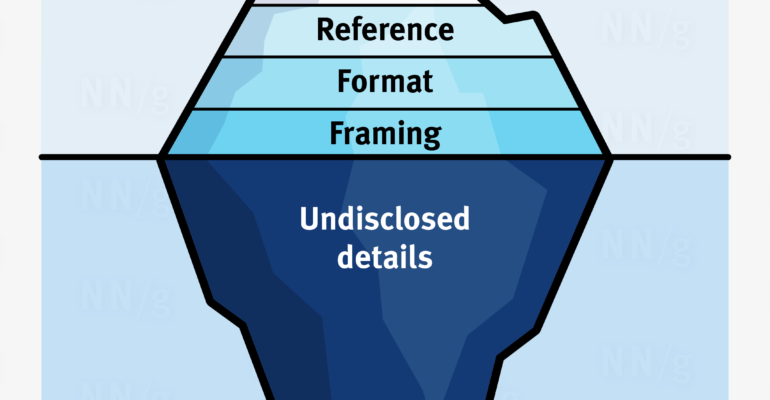Six AI Prompting Strategies

Six AI Prompting Strategies
Artificial intelligence requires forethought and planning to produce the desired results. Here are six strategies for tuning your models for the right output.
Write Clear Instructions
These models can’t read your mind. If outputs are too long, ask for brief replies. If outputs are too simple, ask for expert-level writing. If you dislike the format, demonstrate the format you’d like to see. The less the model has to guess what you want, the more likely you’ll get it.
Use these 6 strategies to focus AI model output:
Details, details, details
Personality is Relative
Set Boundaries
Specify the Steps
Provide Examples
Size Matters
Provide Reference Text
Language models can confidently invent fake answers, especially when asked about esoteric topics or for citations and URLs. In the same way that a sheet of notes can help a student do better on a test, providing reference text to these models can help in answering with fewer fabrications.
Reference Text
Citations
Split Complex Tasks
Just as it is good practice in software engineering to decompose a complex system into a set of modular components, the same is true of tasks submitted to a language model. Complex tasks tend to have higher error rates than simpler tasks. Furthermore, complex tasks can often be re-defined as a workflow of simpler tasks in which the outputs of earlier tasks are used to construct the inputs to later tasks.
Intent
Summarization
Recursion
Give the Model Time to “Think”
If asked to multiply 17 by 28, you might not know it instantly, but can still work it out with time. Similarly, models make more reasoning errors when trying to answer right away, rather than taking time to work out an answer. Asking for a “chain of thought” before an answer can help the model reason its way toward correct answers more reliably.
Work Out the Solution
Model Reasoning
Double-Check
Use External Tools
Compensate for the weaknesses of the model by feeding it the outputs of other tools. For example, a text retreival system (sometimes called RAG or retreival augmented generation) can tell the model about relevant documents. A code execution engine like OpenAI’s Code Interpreter can help the model do math and run code. If a task can be done more reliably or efficiently by a tool rather than by a language model, offload it to get the best of both.
Embed
Code
Access
Test Changes Systematically
Improving performance is easier if you can measure it. In some cases a modification to a prompt will achieve better performance on a few isolated examples but lead to worse overall performance on a more representative set of examples. Therefore to be sure that a change is net positive to performance it may be necessary to define a comprehensive test suite (a.k.a. an “eval”).
Evaluate


